有限会社松光山栄光
Beveled rice bowl
Beveled rice bowl
Supplementary product information
Supplementary product information
Production area: Yamaguchi Prefecture
Size:
・(Diameter) 17.9cm
・(Height) 8.7cm
Material: Pottery
Product number:
Blue Hagi glaze: 【M-4013-BL】
Kohiki purple: 【M-4013-KM】
<Usage precautions>
・Microwave use is permitted. (Limited to warming purposes only.)
・When using a dishwasher, please arrange dishes so they do not touch each other (to avoid contact between dishes and prevent breakage.)
・Before each use, soak the vessel in water and allow it to absorb water thoroughly to prevent it from absorbing cooking liquids.
・As you use it, the crazing will gradually develop color, but this patina is one of the characteristics of Hagi pottery, so please enjoy this transformation.
・Since Hagi pottery easily absorbs moisture, please ensure it is completely dry before storage. Insufficient drying may cause mold.
Couldn't load pickup availability
These bowls are recommended for ramen, udon, and other noodle dishes.
Each piece is individually chamfered by hand.
These works allow you to enjoy the unique character that only handcrafted pieces can offer.
The more you use the bowls, the more crazing will develop, creating daily changes.
※Since each piece is handmade individually, the size and expression of the bowls may vary slightly. Please understand this before placing your order.
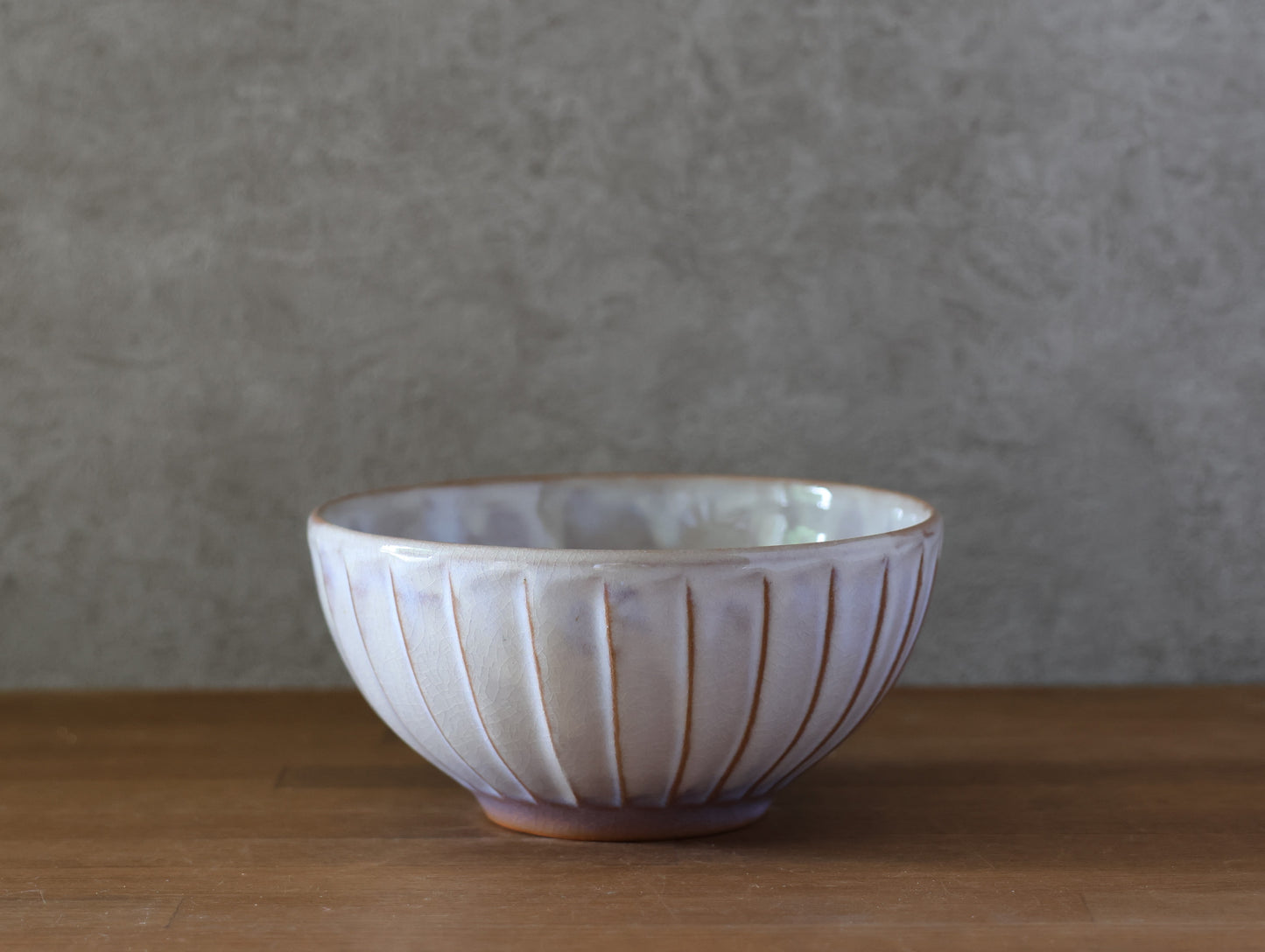
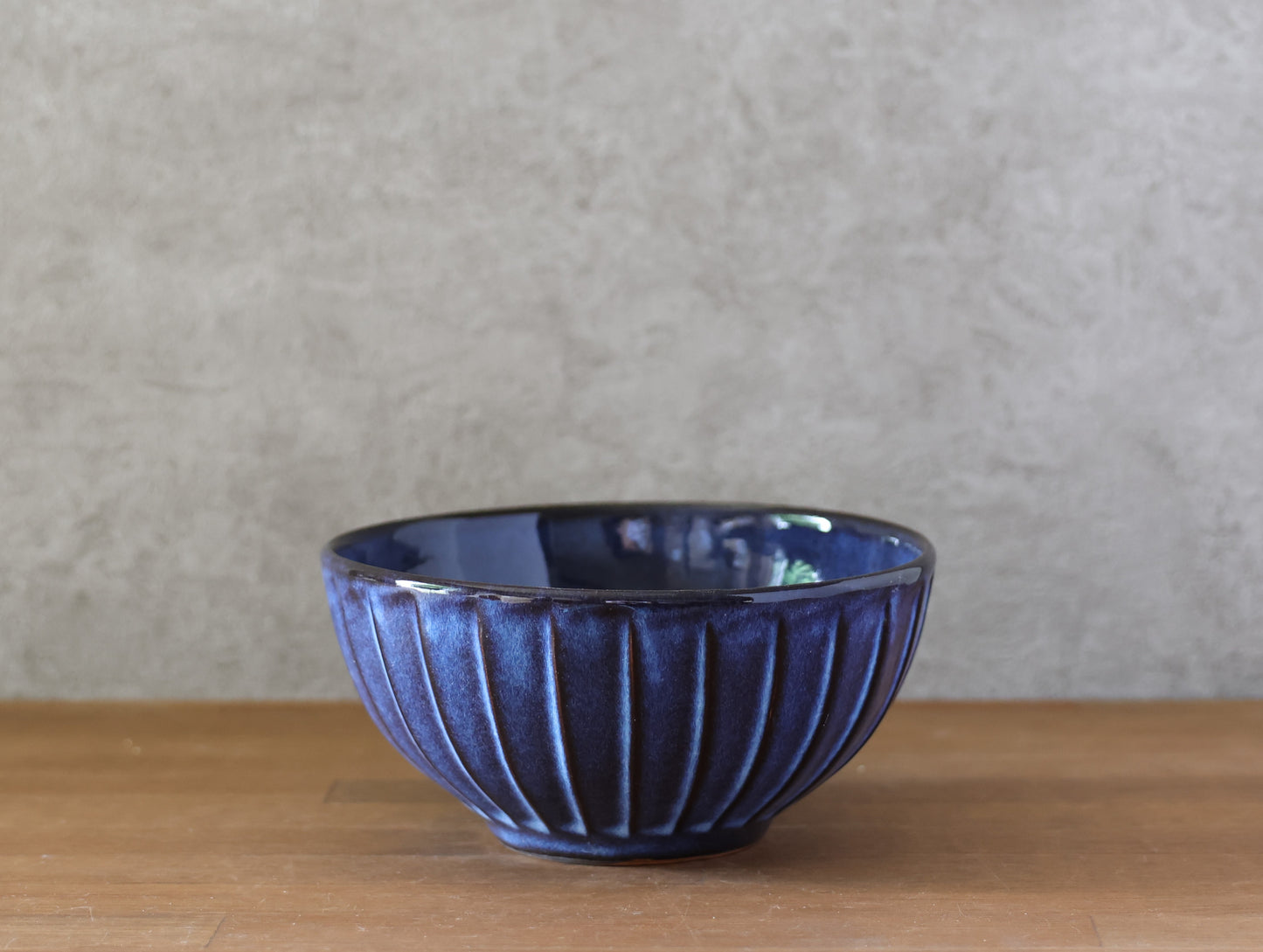

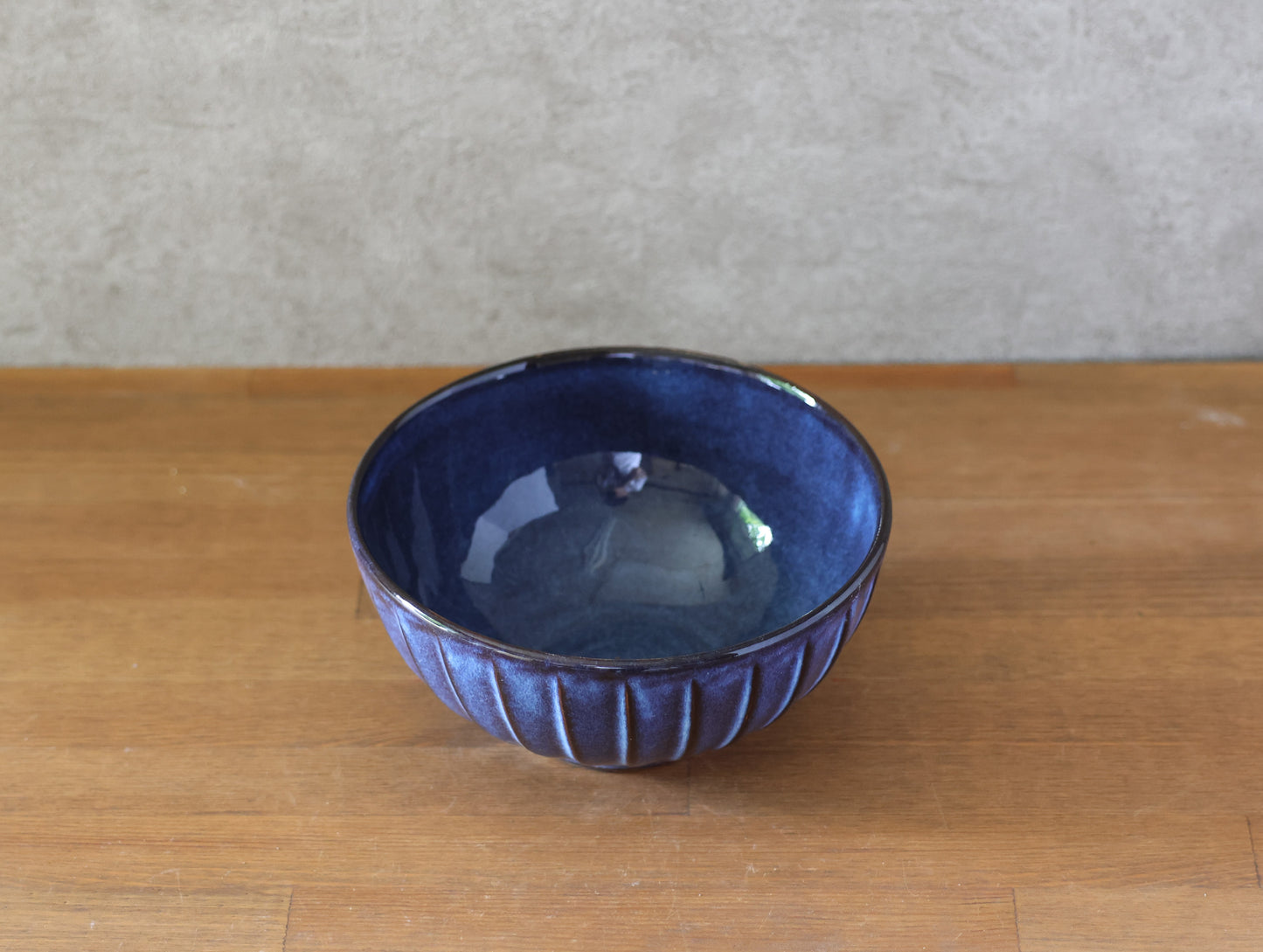
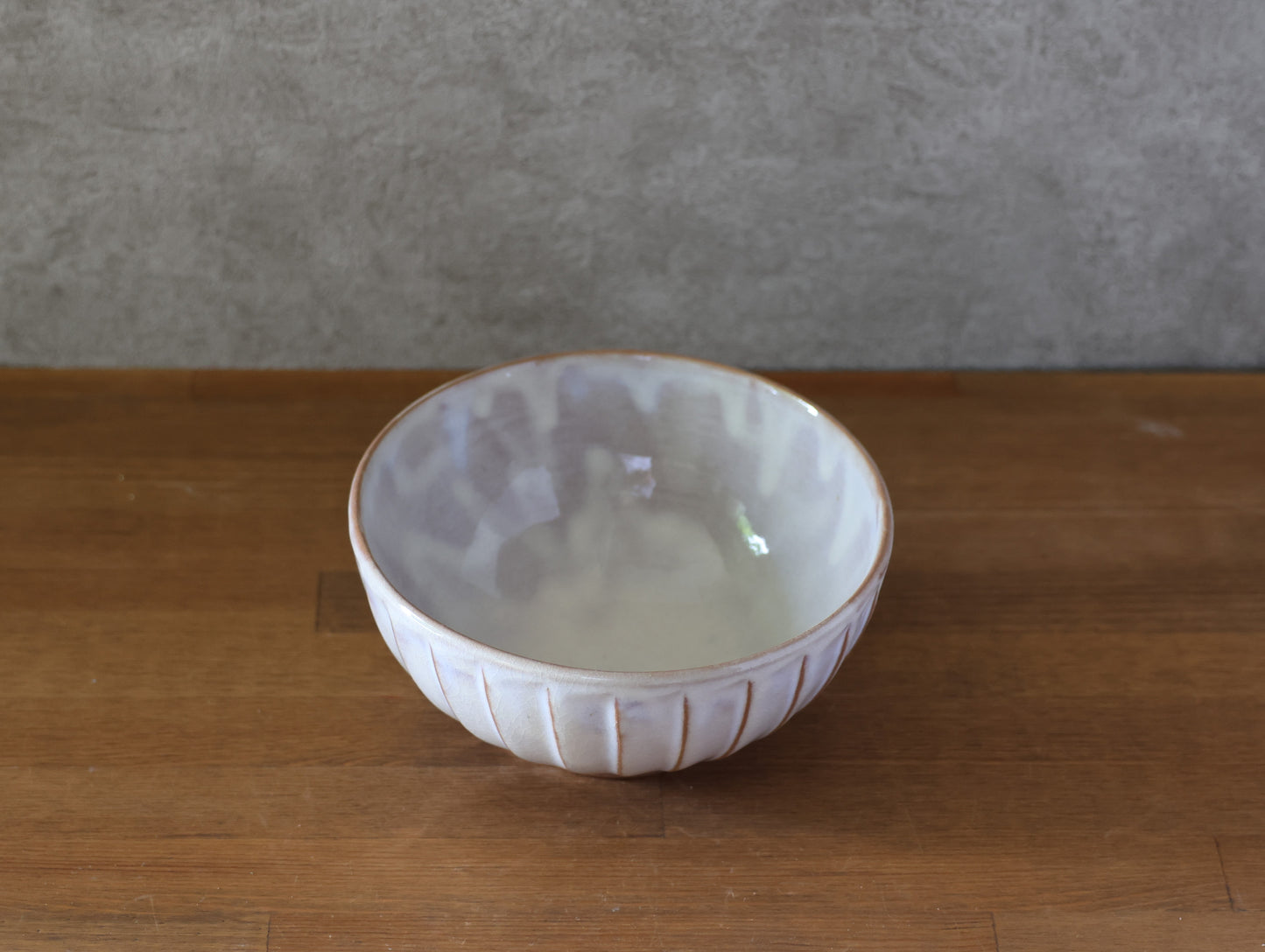
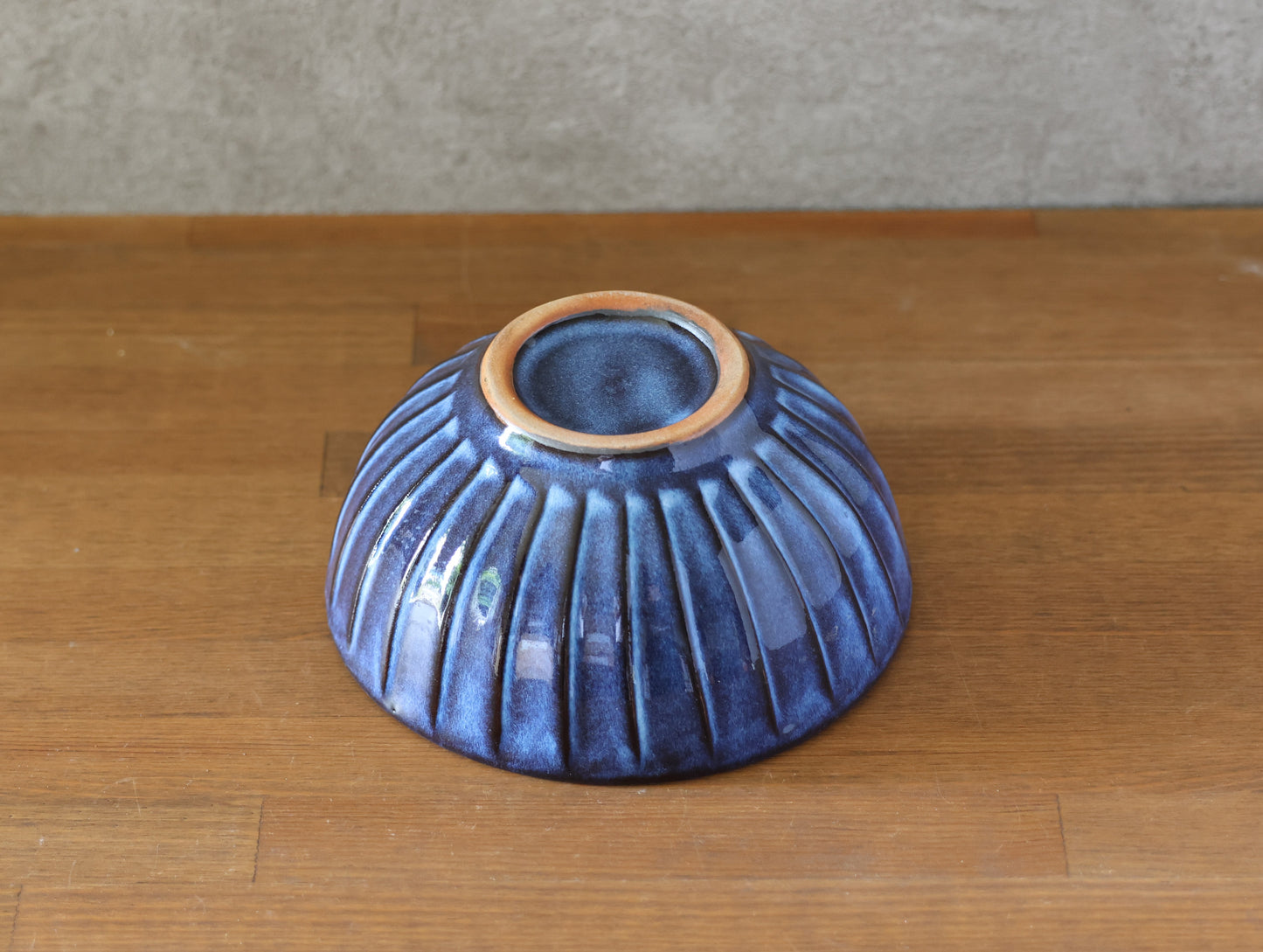
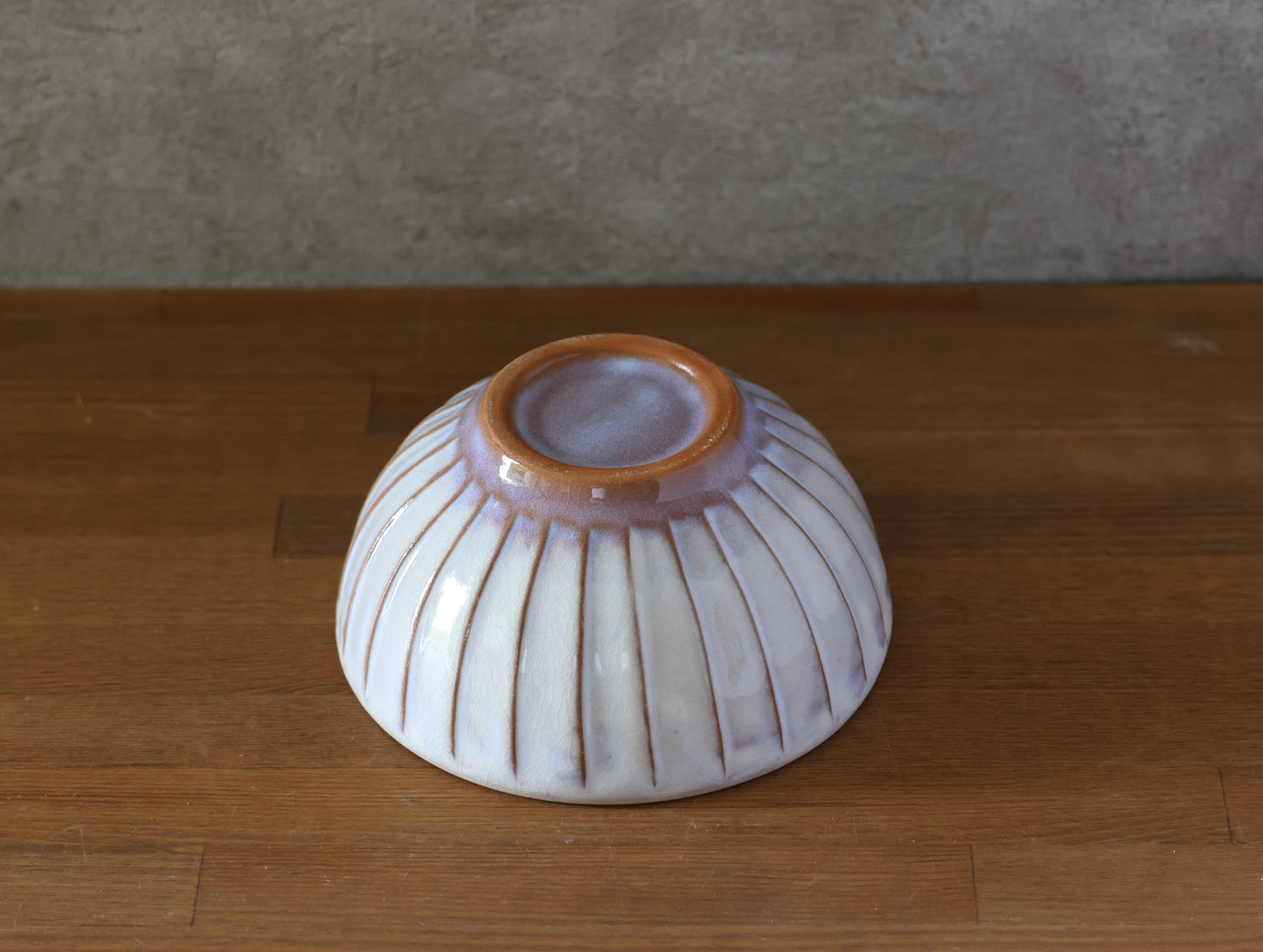
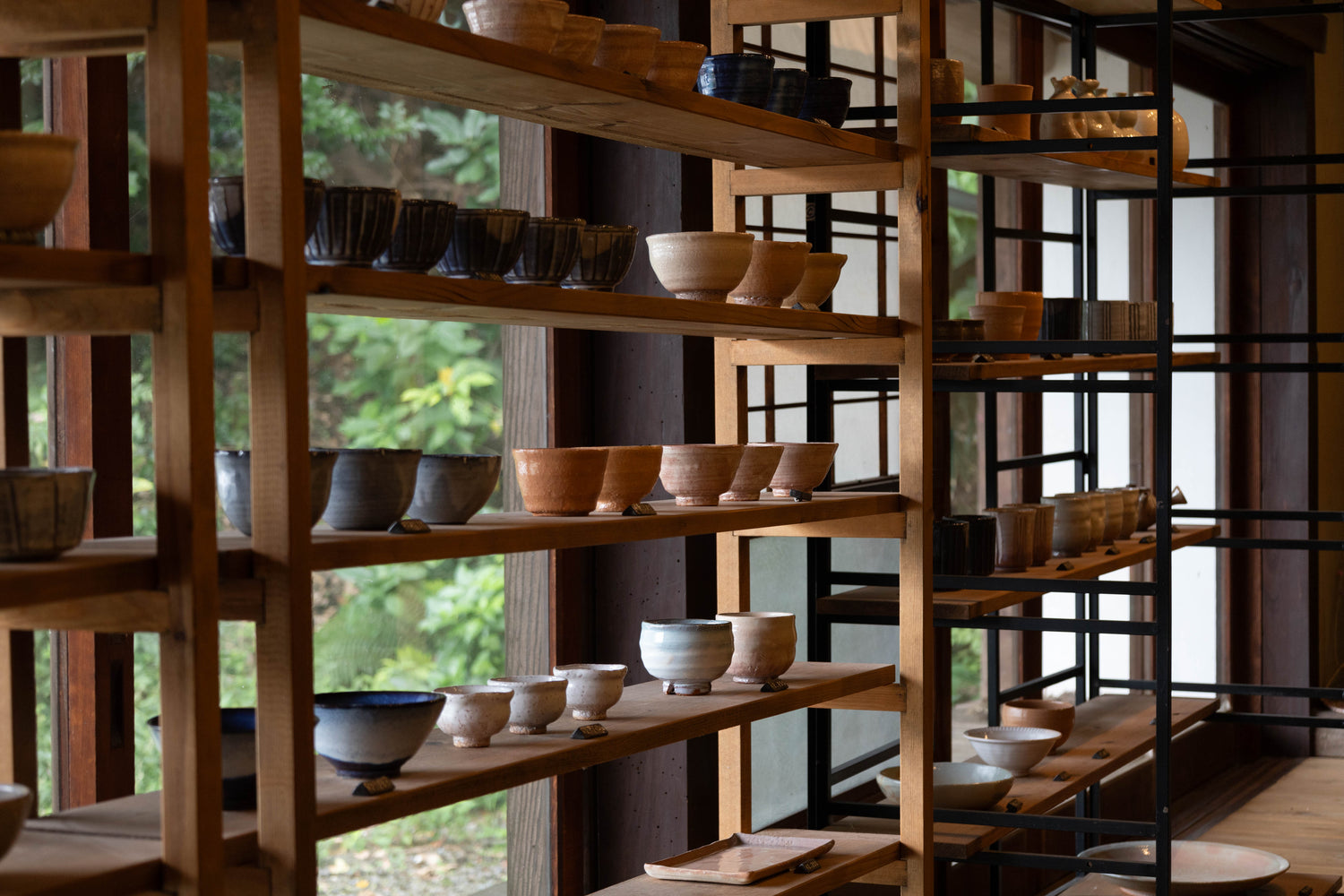
The history of Hagi ware
While it is said that the pottery came to be commonly called Hagi-yaki from the Meiji period onward, the history of Hagi-yaki dates back to the early Edo period. In Keicho 9 (1604), by the command of Mori Terumoto, the founder of the Hagi domain, Korean potters Ri Shakko and his younger brother Ri Kei established an official kiln, which is considered the beginning of Hagi-yaki.

Characteristics of Hagi ware
Hagi pottery is characterized by its soft texture that takes advantage of the natural clay. Also, as the temperature drops after firing, cracks called "crazing" appear on the surface due to the difference in shrinkage rates between the clay and glaze. One of the pleasures of this pottery is enjoying the gradual change as the crazing develops color through use.
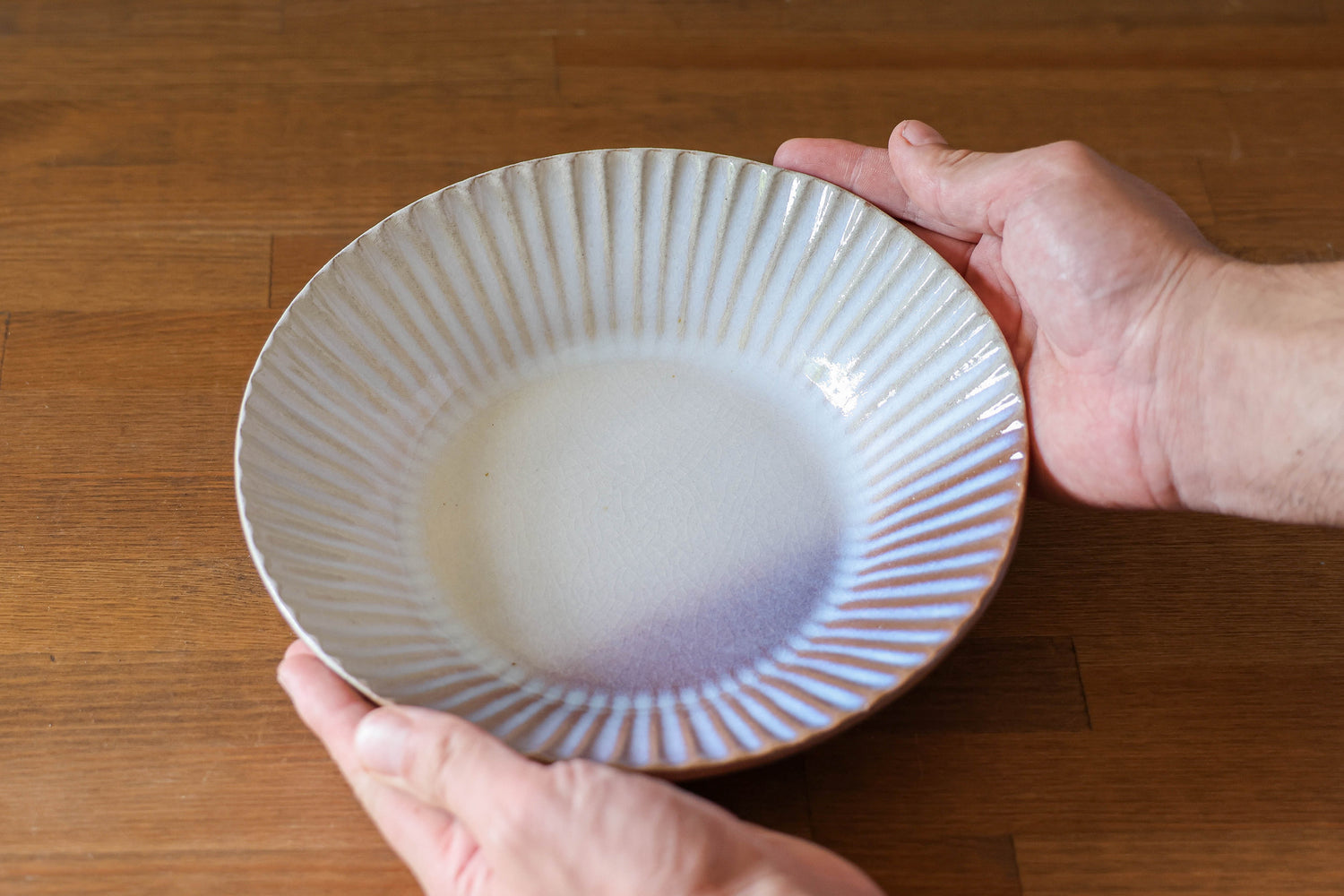
Caring for Hagi ware
Hagi pottery readily absorbs moisture. Before using each piece, immerse it in water and allow it to fully absorb the water, which will help prevent it from absorbing liquids from food. After use, ensure the piece is completely dry before storing it.
Hagi ware
Hagi-yaki pottery is produced in Hagi City, Yamaguchi Prefecture. This is the castle town of the Mori family of the Choshu Domain, which gave birth to notable figures such as Yoshida Shoin and Takasugi Shinsaku.
The "crazing" that appears on the surface of Hagi-yaki causes the character to change the more it is used. These ever-changing expressions are called "Hagi no nanabake" (seven transformations of Hagi) and are part of the charm of Hagi-yaki pottery.








